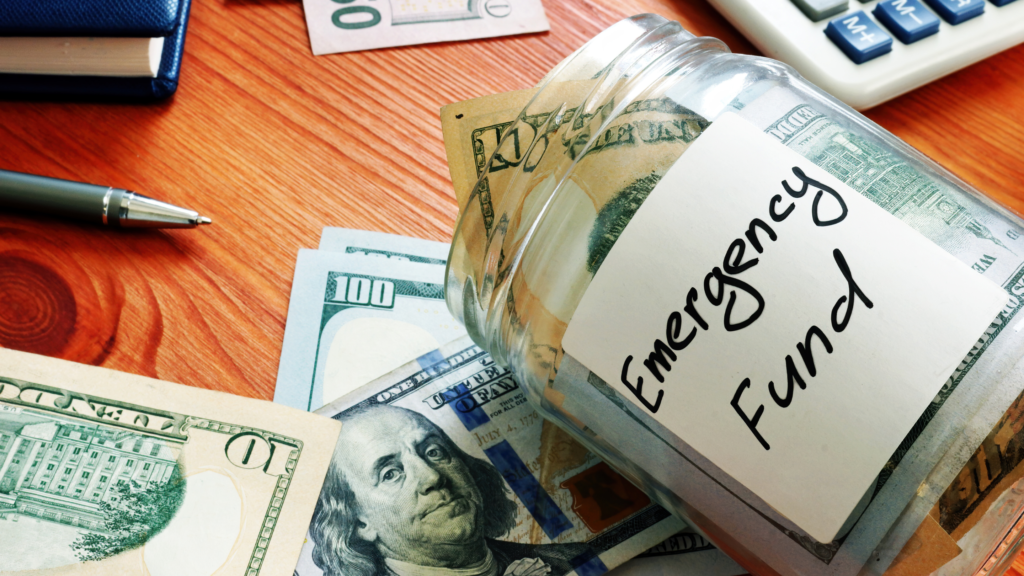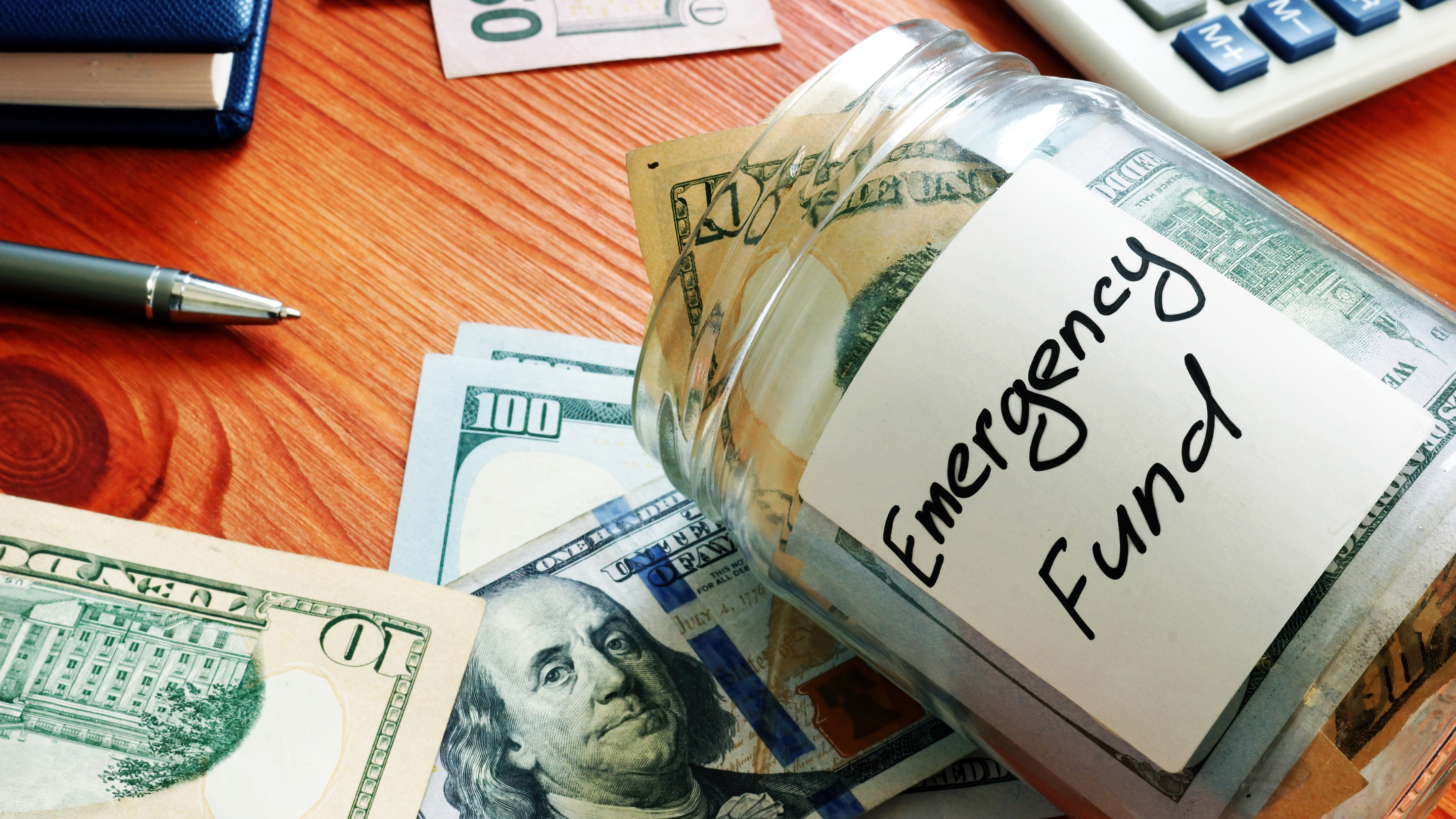An emergency fund is money set aside to cover unexpected expenses, such as a medical emergency, job loss, or car repair. Building an emergency fund is crucial to avoid going into debt or financial hardship when unexpected expenses arise. In this article, we will explore how to build an emergency fund.

Step 1: Set a savings goal
The first step in building an emergency fund is to set a savings goal. A good rule of thumb is to aim for three to six months’ worth of living expenses. Start by calculating your monthly expenses, including rent/mortgage, utilities, groceries, and other essential bills. Multiply this amount by three to six to determine your savings goal.
Step 2: Create a budget
Creating a budget is essential to building an emergency fund. It’s important to have a clear understanding of your income and expenses and where you can cut back to save money. Start by tracking your spending for a month and identifying areas where you can reduce expenses, such as eating out, entertainment, or subscription services.
Step 3: Set up automatic transfers
One of the best ways to build an emergency fund is to set up automatic transfers. Many banks allow you to set up automatic transfers from your checking account to a savings account. Set up a transfer to occur on payday to ensure that you save money before you have a chance to spend it.
Step 4: Consider a high-yield savings account
A high-yield savings account is a savings account that offers a higher interest rate than a traditional savings account. Consider opening a high-yield savings account to earn more interest on your emergency fund.
Step 5: Use windfalls to boost your emergency fund
When unexpected income comes in, such as a tax refund or bonus, use it to boost your emergency fund. Instead of spending the money, transfer it directly to your emergency fund to reach your savings goal faster.
Step 6: Stay committed to your savings plan
Building an emergency fund takes time and commitment. It’s essential to stay committed to your savings plan, even when it may seem difficult to set aside money. Remember, having an emergency fund can provide peace of mind and financial security in the event of unexpected expenses.
FAQs:
Q: How much should I have in my emergency fund?
A: A good rule of thumb is to aim for three to six months’ worth of living expenses. However, the amount you need may depend on your individual circumstances. If you have a higher risk of job loss or an unstable income, you may want to aim for a larger emergency fund.
Q: How long will it take to build an emergency fund?
A: The amount of time it takes to build an emergency fund will depend on your savings goal and how much you can set aside each month. It’s important to stay committed to your savings plan and remember that building an emergency fund takes time.
Q: Should I use a credit card for emergencies instead of building an emergency fund?
A: Using a credit card for emergencies can lead to high-interest debt and financial stress. Building an emergency fund is a much better option to ensure that you have money set aside for unexpected expenses.
Q: What if I have debt? Should I focus on paying off debt or building an emergency fund?
A: It’s important to balance paying off debt and building an emergency fund. Start by creating a budget and identifying areas where you can reduce expenses to free up money to pay off debt and save for emergencies.
In conclusion, building an emergency fund is crucial to avoid financial hardship when unexpected expenses arise. By setting a savings goal, creating a budget, setting up automatic transfers, considering a high-yield savings account, using windfalls to boost your emergency fund, and staying committed to your savings plan, you can build an emergency fund and achieve financial security. Remember




